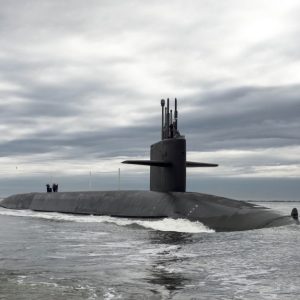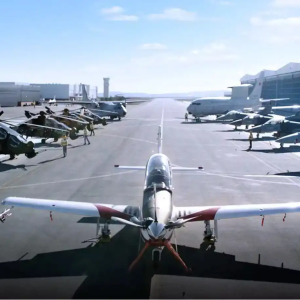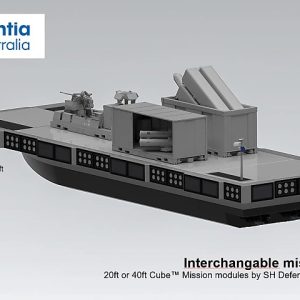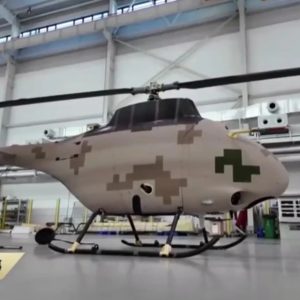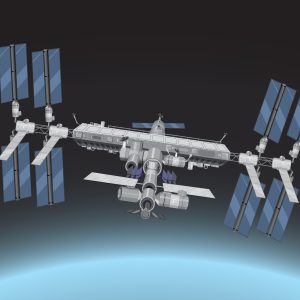
Europe has entered a decisive phase in sixth‑generation airpower. GCAP vs FCAS is no longer a theoretical rivalry but a real contest of governance models, electronics roadmaps, and export policy. Both alliances promise first‑line fighters in the 2030s, yet their methods—trilateral, Indo‑Pacific‑linked GCAP and Eurocentric FCAS—signal different answers to the same strategic question: how will Europe fight and deter in the next decade?
Key Facts
GCAP (UK–Italy–Japan): Government treaty in force; headquarters of the International Government Organisation located in the UK; industrial JV Edgewing established with BAE Systems, Leonardo, and Japan Aircraft Industrial Enhancement Co. as equal partners. UK demonstrator revealed; first flight targeted 2027; service entry from 2035.
FCAS (France–Germany–Spain): Demonstrator Phase 1B under way with a ~€3.2bn contract; NGF demonstrator planned to fly around 2029 (initially with Rafale M88 engines). Timelines vary by official and industry statements; some leaders now talk about post‑2040 entry into service.
Electronics & Comms: GCAP’s ISANKE/ICS electronics suite is consolidating under the new G2E consortium. FCAS emphasises Combat Cloud, Remote Carriers, and a sovereign NGF engine via the EUMET team.
Program Architectures: Two Paths to the Same Peak
GCAP is optimised for tempo and exportability. It merges the UK’s Tempest initiative with Italy’s combat‑air pedigree and Japan’s F‑X line. Governance is deliberately lean: a dedicated international government office steers policy while the Edgewing joint venture drives delivery. The aim is a “digital‑first” design, rapid demonstrator cycles, and a clear production runway this side of 2035.
FCAS is a “system‑of‑systems” built around the New Generation Fighter (NGF), Remote Carriers (loyal wingmen and swarms), and a Combat Cloud for resilient, multi‑domain command and control. This architecture favours deep European industrial integration and sovereignty. The trade‑off is complexity: more stakeholders, more interfaces, and more dependencies to synchronise before the first aircraft rolls out.
Timelines and Test Assets
The timeline delta between the alliances is no longer subtle. The UK’s Combat Air Flying Demonstrator for GCAP is structurally well advanced and targeted to fly in 2027, using proven engines to de‑risk airframe aerodynamics, flight controls, and mission‑system integration. GCAP partners are also building a dedicated path for advanced sensing and comms validation in parallel with the airframe.
By contrast, FCAS points to an NGF demonstrator flight around 2029, while the Remote Carrier and Combat Cloud pieces mature on staggered schedules. Industry signals now suggest a longer glide path to operational service—often shaded to the mid‑2040s—as leadership debates, workshare frictions, and technology integration risks accumulate.
Electronics Roadmaps: Sensors, Effects, and the Cloud
GCAP is consolidating its electronics under G2E—a new consortium aligning UK, Italian, and Japanese champions to deliver ISANKE/ICS (Integrated Sensing and Non‑Kinetic Effects & Integrated Communications Systems). The strategy is to treat the fighter as a flying sensor‑fusion computer, where cognitive EW, passive detection, and low‑probability‑of‑intercept links sit natively alongside kinetic effects.
FCAS concentrates its edge in the Combat Cloud—a sovereign European battle network—and Remote Carriers capable of ISR, decoy, suppression, and strike. The engine pillar is sovereign as well: EUMET (Safran–MTU–ITP Aero) is building the NGF’s dedicated powerplant, with a technology ladder beyond current fourth‑generation cores. The result is a heavy emphasis on European autonomy across the full stack.
Analytical lens: GCAP is minimising TRL risk via near‑term demonstrators and modular electronics packages; FCAS is maximising strategic autonomy through a tightly controlled, sovereign cloud‑plus‑engine stack. Both are rational—just optimised for different failure modes.
Export Policy and Market Geometry
Political economy shapes fighter programmes as much as thrust‑to‑weight. Japan’s 2024 export‑rule revisions removed a major constraint for GCAP by allowing sales of the jointly developed jet to a limited set of defence partners under strict conditions. The UK has also reaffirmed long‑term political sponsorship for GCAP, while industry has locked in the Edgewing vehicle to execute.
FCAS still offers strong appeal to EU and NATO customers prioritising seamless integration with European supply chains and policy instruments. Yet workshare disputes and leadership questions—especially between Airbus and Dassault—continue to inject schedule risk. Until Phase 2 contracts and flight demonstrators arrive on time, buyers will price in the uncertainty.
Industrial Governance: Why It Matters
GCAP’s governance separates policy from delivery: ministers set strategy; a purpose‑built JV delivers hardware. That structure lets the electronics, engine, and weapons teams iterate without waiting on political milestones. FCAS’s model embeds more sovereignty guarantees up front, but that comes with a higher coordination load across capitals, primes, and pillars.
In practice, governance becomes strategy. GCAP is optimised for time‑to‑relevance; FCAS for autonomy‑by‑design. Europe benefits if both succeed—but markets will reward whichever demonstrator proves capability earliest at sustainable cost.
Strategic Outlook: Rivalry or Resilience?
Critics argue the split wastes resources versus monolithic U.S. or Chinese programmes. Yet a dual‑track Europe also diversifies risk: if one path slips, the other can still deliver sovereign airpower. The danger is parallel fragility—two programmes underfunded relative to their ambition. The opportunity is competitive learning—two labs, sharing standards where they must and competing on speed where they can.
Bottom line: the GCAP vs FCAS debate is not just about airframes. It is about governance, exportability, and whether Europe can turn industrial policy into combat power on the clock that geopolitics is keeping.
Internal link: For a deeper dive into supply‑chain readiness and surge capacity, see our analysis: Defence Industrial Base Readiness.
Further Reading
- UK MOD joint statement on GCAP (July 2025)
- GCAP demonstrator reveal & 2027 flight target
- G2E electronics consortium for GCAP
- FCAS NGF demonstrator plan & 2029 target
- EUMET: NGF engine team (Safran–MTU–ITP)
- Japan’s export‑rule revision enabling GCAP sales
- Dassault on FCAS timelines and Rafale F5 bridge
- FT: GCAP industrial JV and partner stakes
- FT: German debate over FCAS structure (2025)
- Airbus: FCAS overview
References
[1] UK MOD – Global Combat Air Programme Joint Statement (2025).
[2] Breaking Defense – UK reveals Combat Air Flying Demonstrator; 2027 target.
[3] Leonardo – G2E electronics consortium announcement (2025).
[4] Aviation Week – FCAS NGF demonstrator planning and 2029 flight.
[5] EUMET – NGF engine consortium (Safran–MTU–ITP Aero).
[6] Reuters – Japan relaxes export curbs for GCAP (2024).
[7] Defense News – Dassault CEO on FCAS horizon (2025).
[8] Financial Times – GCAP industrial JV; partner stakes (2024/25).
[9] Financial Times – Germany’s FCAS rethink report (2025).
[10] Airbus – FCAS programme page.
External link (authoritative): NATO – Future air‑power strategy



